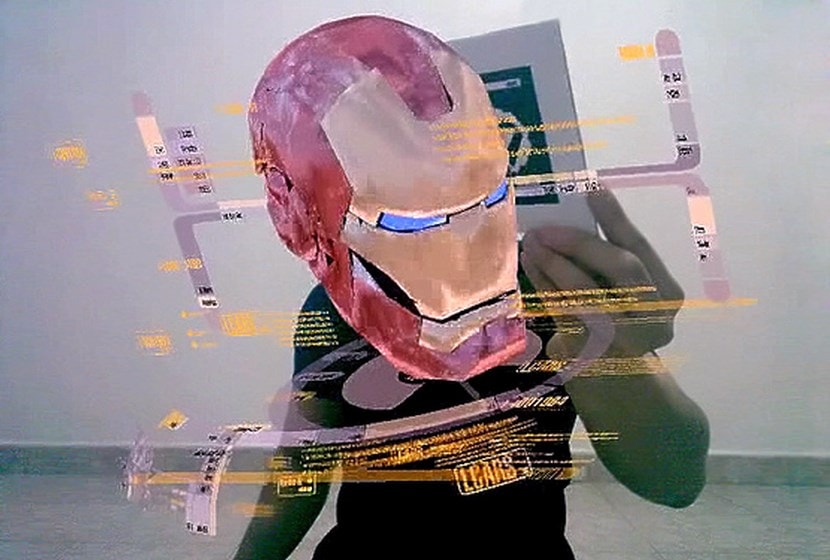The e-commerce industry is one of the most dynamic to date. In this context, a number of online shops are constantly emerging in various universes. The major concern of e-merchants is therefore naturally to attract new customers, to create a lasting relationship with them, and to improve the profitability of their site.
Whatever the advantages of e-commerce, it still has some things to envy from traditional point-of-sale distribution. This is particularly evident in certain areas where the notion of "fitting" is crucial: eyewear, jewellery, watches... Indeed, allowing online consumers to make the product their own is one of the last barriers to overcome.
The maturity of Augmented Reality technologies is finally making it possible to remove this barrier, and certain sectors are positioning themselves as forerunners.
As an example, let us recall the initiatives launched in increasing numbers over the last two years in the world of optics by major brands. Virtual fitting is becoming more and more popular. Indeed, the new generation technologies offer a fluid interactivity never offered by the old static 2D modes, including in mobility. Consumers now have access to tools enabling them, for example, to apply different types of glasses to their faces and move their heads to get a precise idea of the size, shape and effect of the models before buying.
In addition, the arrival in the very short term of dedicated, turnkey augmented reality solutions (SaaS distribution mode) should help democratize these new uses for all players: simplicity of deployment, packaged financial approach, etc. From now on, online sales specialists can very quickly create and configure a virtual fitting solution including their entire product catalogue at an attractive cost and without any particular technical constraints.
It should also be noted that these systems integrate a series of business functionalities. In the world of optics, for example, the measurement of the interpupillary distance of the customer directly on the site of the on-line optician. The offers therefore seem to be complete and adapted to the wishes of consumers and e-merchants.
Augmented reality significantly enhances the online consumer experience and fits naturally into an increasingly social customer journey: they virtually try out their articles, take pictures of themselves to ask their friends and family for their opinion, or post their purchase on Facebook.
Improving the customer experience helps to build loyalty by forging a qualitative link with the brand or company that offers such a system. In addition, increased confidence in the act of purchasing has a direct impact on sales volume as well as the product return rate.
{Jacuzzi on}












